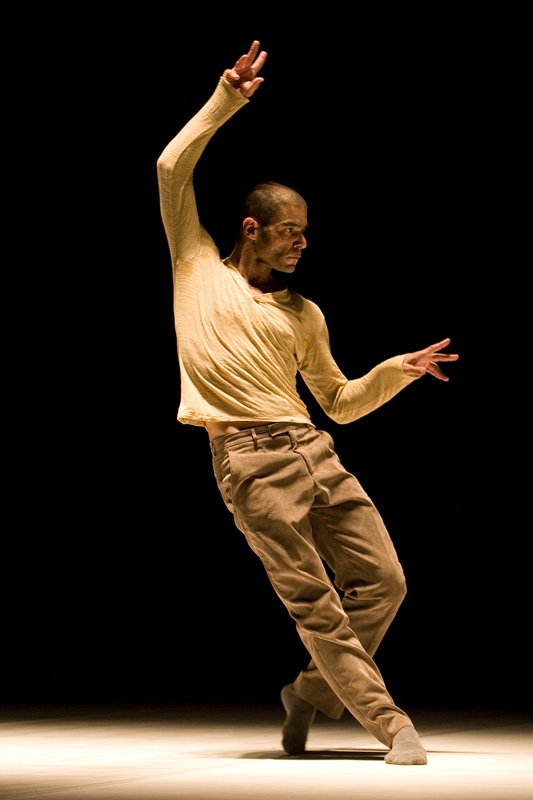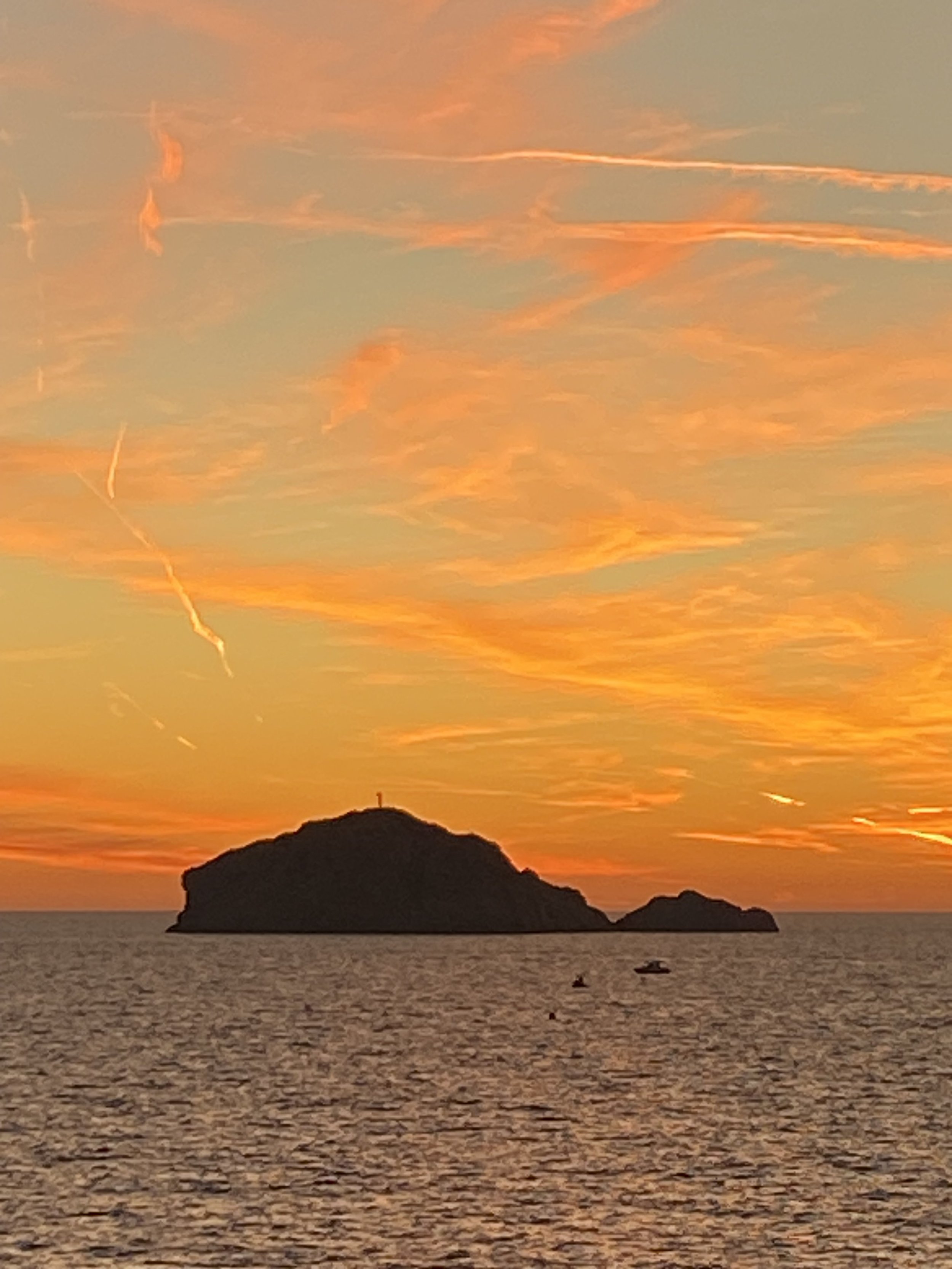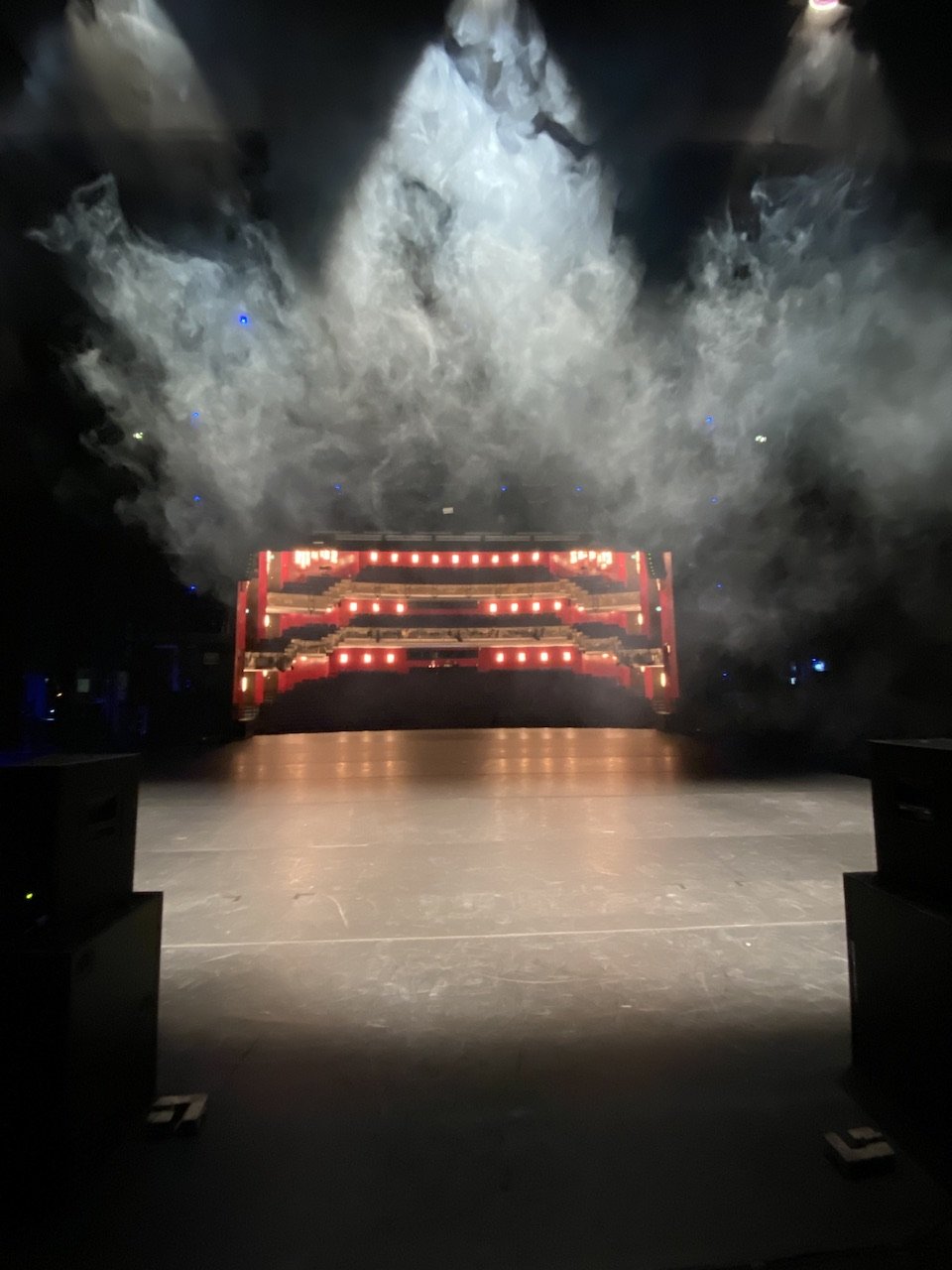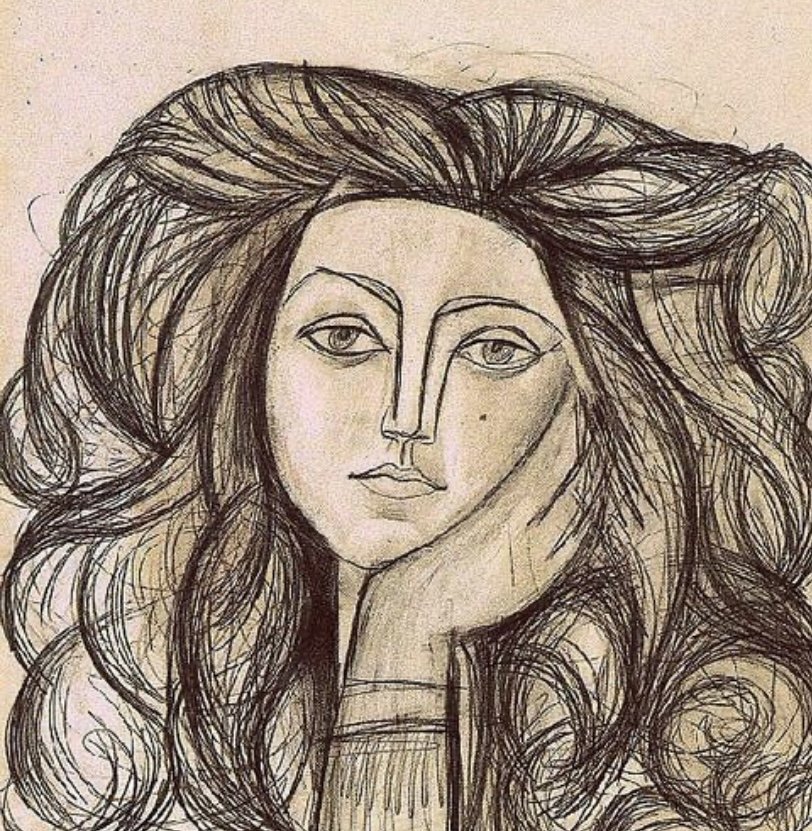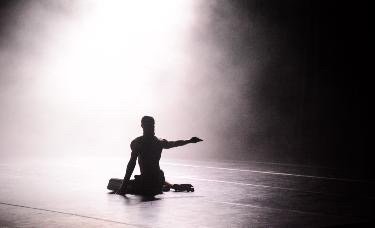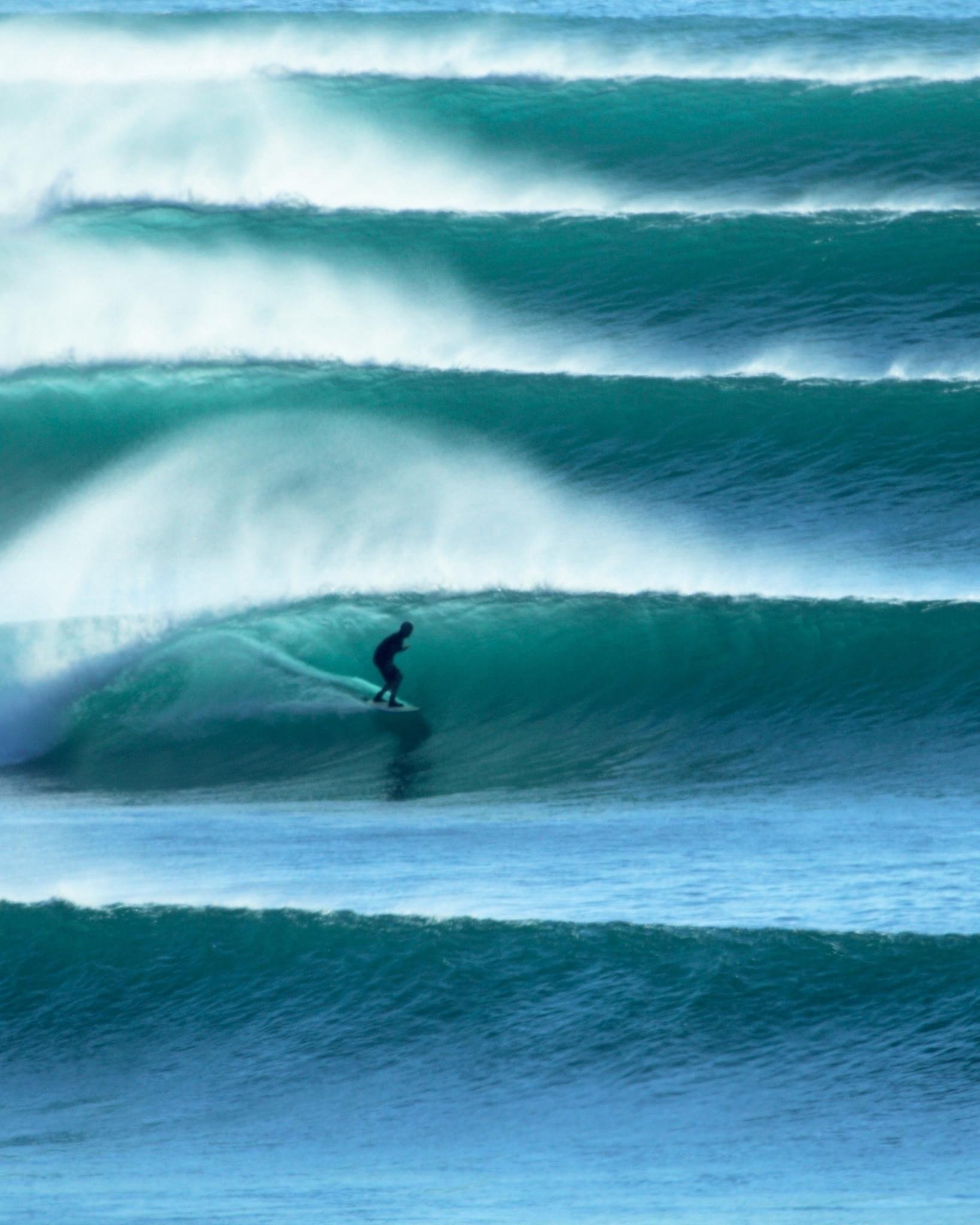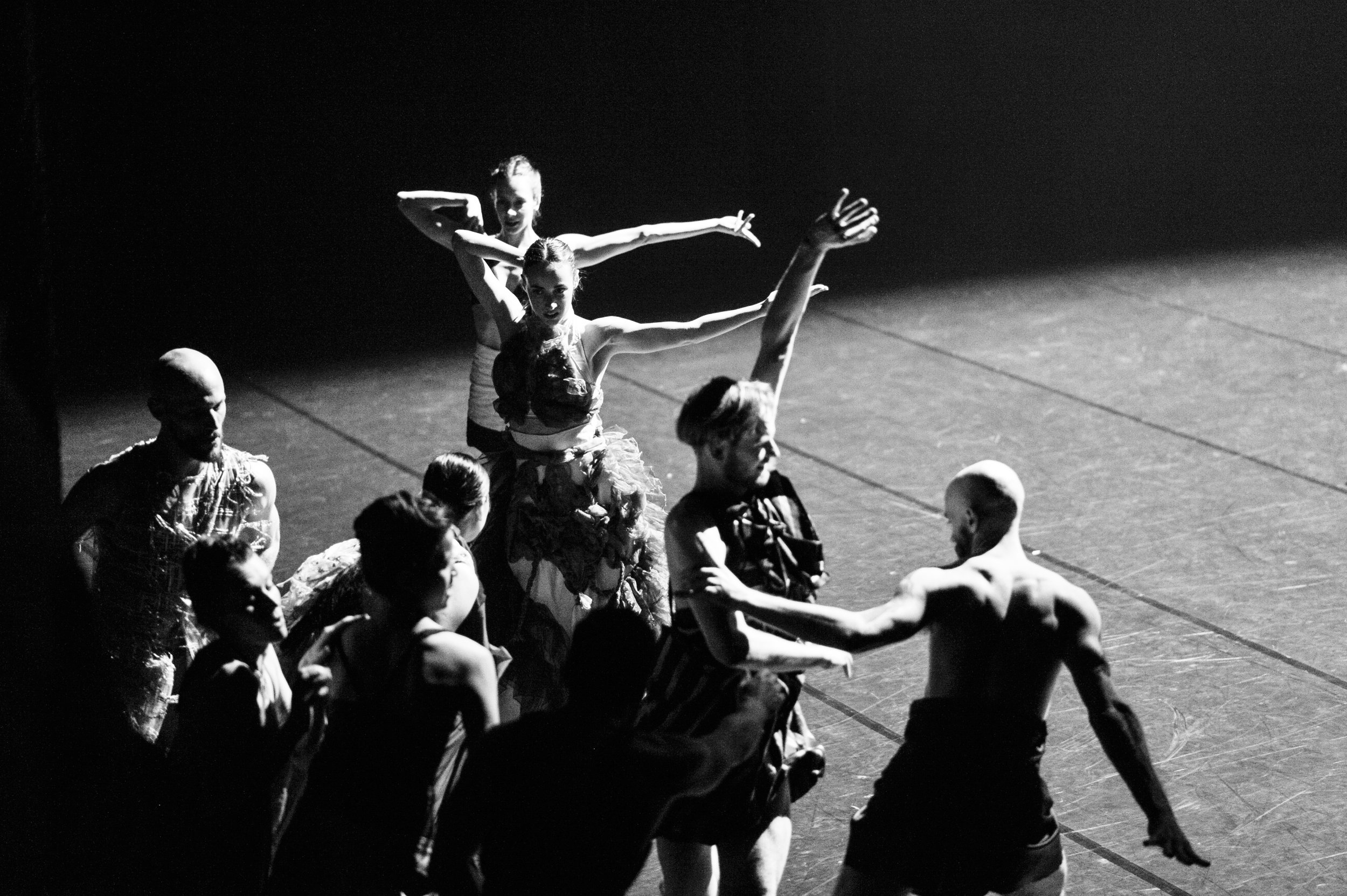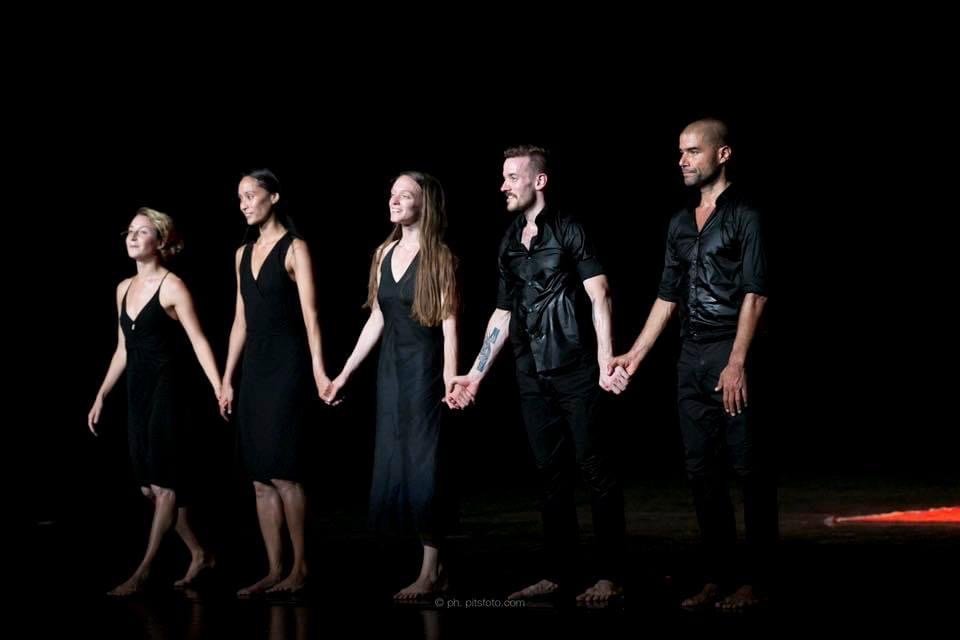The concept of the Fourth wall, together with the drawing surface (wall, paper, canvas etc) and the organisation of sound as music, are probably some of the most important inventions of humanity. Up there with the wheel.
Canceling the fourth wall, is the laziest performative strategy. Coming up with ways to reach the audience and share the work with them, whiteout penetrating their space, is one of the most challenging and rewarding aspects of performance work.
The emergence of Maniérisme, is a great way to detect lack of artistic content.
Maniérisme (which in most cases is unaware of itself), places style above all other components of the art work, thus signaling there’s no need to bother looking any deeper, beyond the appearance of the thing. That’s why great artists keep shape shifting freely between styles, never bound to one way of addressing the artistic question, without loosing the clarity and coherence of their process. They place the question of style at the lowest possible position in the hierarchy of artistic elements to be managed and addressed. From the outside it may look as if they keep changing the way in which they work, but that is false. What they do, is simply concentrate on the core questions of art making, unbothered by which style emerges as a consequence (Picasso)
Performance wise, the opposite of maniérisme, is presence.
Presence
Presence, in the context of dance, has to do with clarity of action. Clarity of action, is the result of accuracy of intention, which is mainly the result of an understanding of the dancing thing and the choreographic context in which it takes place.
The relentless demand of ego to have its needs satisfied, is the main enemy of art and artists. It will make them accept, be part of, and do almost anything and nothing, as long as their ego was fed. What you crave, is rarely what you need.
Artistic freedom isn’t to be found within a thing which declare itself free. Chaos isn’t freedom. Randomness isn’t freedom. Poor structure and craftsmanship aren’t freedom. Freedom isn’t a starting point nor something that can be granted. Artistic Freedom is reached through knowledge and understanding of the artistic thing. Freedom requires clarity of vision, an insight into the thing one is engaged with and the acceptance to embrace responsibility.
If dancers do no LOOK at each other while they do the dancing, they do not exist. No matter the strategy behind the ‘not looking’ (as in classical dance when the dance is set meticulously on the music, thus freeing the dancers to ‘be together’ through relating to the music alone, or in some performatives styles when rolling your eyes in a transe like mode, looking inwards etc), it always results in acute lack of presence, poor decision making and a tunnel vision, separating the dancers from the whole and limiting their perception and understanding of the choreographic thing.
The main reason why choreographers adopt and impose the ‘not looking’ mode on their dancers, is as old as humanity. It’s called - devide and conquer.
The gap that sometimes exists between what a thing say and declare it is, how it describes and explain itself, and what it actually IS, is sometimes so big, it becomes a black hole. Swallowing and negating the ability or need to address it.
If X is bad and Y is good (yes that’s personal and relative and subjective) there’s more authenticity to be found in a thing that claims it’s X and delivers X, than in something which declares it’s Y and behaves as an X.
Authenticity is important.
A live performance, any live performance, leaves a certain mass on the performance space once it’s over. If you take the time to try and notice it, you’ll see it. Some performances leave a grain of sand, other a pebble, some a small rock and rare few, a solid mass which fills the entire space where the performance took place. Performances create an energetic residue which can be clearly observed and felt once they are over.
All you need to know about a dance work, can be found in its treatment of musicality. All of its musicalities. The dancing musicality, the one of the overall choreography, the work’s timeline musicality, the dramaturgical musicality, that of the lights, the musicality of the sound/music timeline etc.
Musicality to dance is what character is to a person. It’s what taste is to food. What meaning is to words.
Art
A thing is either Art, or it’s not. It can be bad art, unfinished, unsolved, immature art, or it can be good, great, genius art. But there’s a clear line separating the things which are art, and those who aren’t. Most art, is more a form of exercise in the use of artistic tools, than it is actual art.
Artistic things feel old fashioned, not as a consequence of adopting old styles, but rather because of the lack of originality by their creator.
Art knows no time. The source for all art works since the dawn of time is the same one. No one discovers or invents new sources. What artists do, is to reconsider the strategies for taping into the source. Most artists, copy or recycle existing strategies, and therefore, produce work that lacks originality and feels old and recycled. That’s why a work of art can be thousands of years old, and still feel relevant, fresh and contemporary. What makes a work feel old, isn’t its chronological age, but the fact it’s based on the copying of artistic strategies, rather than the presence of an original one.
The ability to come up with original strategies (which doesn’t even mean new, but rather something that bares traces of uniqueness and authenticity) in order to connect with art’s source, is called talent.
There is no art without talent. Talent can’t be gained or learned. Talent is a form of sorcery, granted at birth.
Art without talent is the saddest thing.


